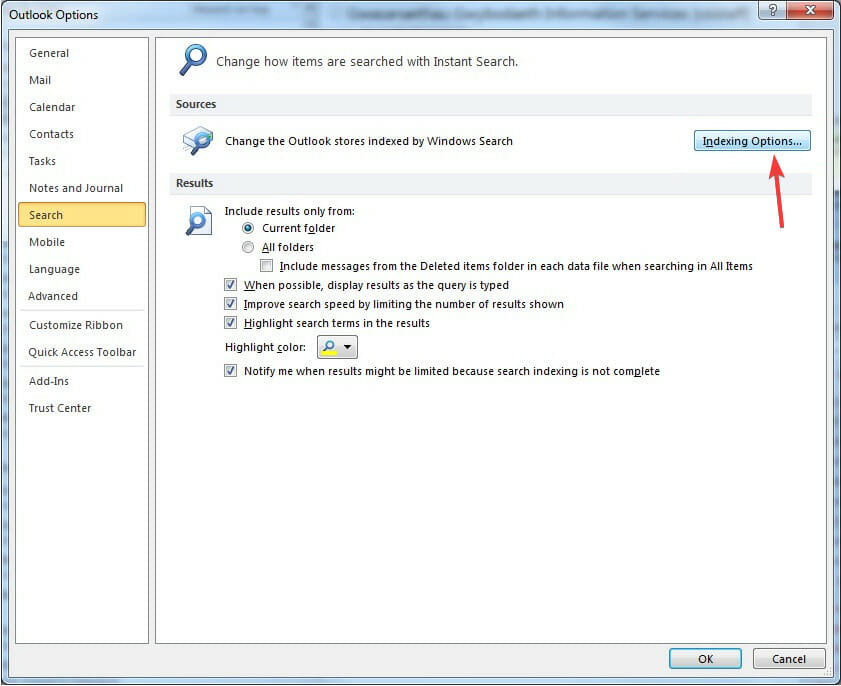
Exchange 2003 was a 32-bit environment that only supported a maximum of 4gb of RAM in the server, was not extremely efficient in how it read/wrote messages to disk, and as email demands have grown (users sending large attachments, mobile phones slamming the server on top of desktop users hitting the server, users keeping lots of email, etc), Exchange 2003 was just not built to support the current world of email. If you're running Exchange 2003 still and your Exchange server is pretty maxed out (old servers, old hard drives, you've added a lot of users to Exchange since the server was originally implemented, etc), then Exchange 2003 is commonly a place to start for consideration to improve user experience and performance.

And if that's still not good enough, I have an FAQ section at the bottom to address anything I didn't address in the main body of this post. In addition to authoritative reference materials, I'm also going to explain (hopefully in clear English) why the problem exists as well as common steps to FIX the performance issues. This is not a guide based on opinions, theories, or mere observations, but I took the time to actually grab Microsoft TechNet articles and other authoritative documents to back the information I'm providing as I find there's a lot of "opinions" out on the Web, lots of incorrect information, or stuff that you just can't take to management and say that some unknown guy said the problem is X, and the solution is Y. I've been meaning to write this blog post for years, never found the time, but after getting FIVE calls in the past 48-hours for companies (large and small) having a LOT of users complaining about Outlook performance issues, I finally broke down and wrote this guide.

For organizations using Microsoft Outlook and Exchange server with users complaining that Outlook is REALLY slow and sluggish, and there are performance issues with Outlook 2003, Outlook 2007, even Outlook 2010, there are known problems and known fixes to the performance problems.


 0 kommentar(er)
0 kommentar(er)
